There are three fundamental needs people must have met to feel fulfilled in the workplace: autonomy, competence, and relatedness.
Autonomy means having the freedom to make decisions and manage one’s work. Competence is the sense of knowing how to do something well and feeling that this knowledge is both valued and put to use. Relatedness is the feeling of being connected with others.
When these three needs are met, employees can work and function in ways that are highly satisfying for themselves while also delivering strong results for their employers and clients.
It's OK
Emotional intelligence isn’t just about being kind or approachable, it’s about being powerful with people, not over them. And that’s the kind of leadership organisations need if they are serious about meaningful, sustainable transformation. I think this is because in times of transformation, your presence matters as much as your strategy.
Focusing on practical aspects
Leadership today is not just about vision, strategy, or performance metrics, it’s about presence. And not just the kind that shows up in meetings or quarterly reports, but the kind that’s felt by the people around you. Authentic leadership is not about being universally liked, it's about being consistent, grounded, and brave enough to embody values even when they challenge the norm.
I think in transformation contexts where uncertainty is high and morale can be fragile this kind of leadership becomes critical. It stabilises teams without sugarcoating reality. It encourages innovation without glossing over fear, and it helps people stay resilient through the messy, human process of change.
Making a difference
You are doing great at climbing, but are you climbing the right mountain? I think you should pause and reflect: What are you doing?
Make better plans by answering these questions:
· Who are you at your core?
· What is your vision?
· What is your mission?
· Who are you serving?
When your plans align with your true self and what you genuinely want, it can make all the difference in the world. Does this resonate? If so, contact me via email for a confidential 30 minute discovery session.
Powerful life tools
Simple actions that strengthen your presence and impact:
1. Be calm
2. Talk less
3. Observe more
4. Show respect
5. Move in silence
6. Make eye contact
7. Manage your time
8. Think before speaking
These tools cost nothing but can change everything. I think mastering them helps you navigate challenges, build trust, and lead with quiet confidence. Keep them close as they work in any room you enter.
Musical improvisation
““I told them an artist’s first responsibility was to himself. I said if he kept getting upset with what other people think he ought to do, he never would get too far, or he sure wouldn’t last. I tried to make them see how I had worked all my life to play myself… They said they understood. I hope they did.””
The tension
I think authentic leadership doesn’t always land softly. It can challenge cultures that are resistant to change. It can unsettle environments where vulnerability feels risky. And that’s okay. Emotional intelligence isn’t about being agreeable, it’s about being grounded, intentional, and human. It’s about holding space for discomfort anddriving momentum forward. If you are leading transformation, you should expect a bit of friction as that’s not failure, it’s the work.
This is a critical factor
Leaders with high emotional intelligence (EQ) don’t just command respect they also create connection. Their ability to self-regulate, empathise, listen actively, and respond with intention builds psychological safety, trust, and long-term engagement within their teams. Some people call them soft skills but in reality they are strategic skills.
Emotional intelligence also has a disruptive edge, and when practiced with authenticity, it can surface discomfort in environments resistant to change. I think people may resist vulnerability, they may distrust candor, and in many legacy organisations, empathy can even be misread as weakness. This is why senior leaders must not only model emotional intelligence, but also be prepared to manage the disruption it can cause.
““Nothing is given, everything is earned.””
Choosing meaning with intention
Leaders are constantly required to interpret complex, ambiguous situations. Whether it's a missed target, a team conflict, or a career crossroads, the story you tell yourself about what’s happening will either empower you or hold you back.
As a coach, I help leaders explore the stories they are living by:
· Is this challenge a threat, or a signal for growth?
· Is that tension in your team a problem, or an invitation to lead differently?
· Is your current frustration a dead-end, or a turning point?
Reframing isn’t about denial or false optimism. It’s about choosing meaning with intention. It’s about emotional mastery. It’s about creating space to respond rather than react. And I think it’s one of the most powerful tools in a leader’s toolkit. If you are at a place where your old stories are not serving you, maybe it’s time to rewrite them, with support from a coach. Contact me via email to book a free 30 minute discovery call.
Look at it differently
We can’t control everything around us, but we can control the meaning we attach to it. I think by changing the meaning, we often change how we see the situation. From a leadership perspective when you change the meaning, you will shift your emotion. And that change in your emotion will you change how you lead.
As a coach, I help leaders step back, reframe, and see with fresh eyes. Not with false positivity, only with intention and clarity. This is because sometimes, a new perspective is all it takes to unlock your next move. Are you ready for a different kind of conversation? Contact me via email to book a free 30 minute discovery call.
Positive impacts
In many organisations, leadership conversations still default to top-down communication. Meetings become one-way updates, with leaders doing most of the talking and very little listening. The focus is often on delivering information rather than inviting dialogue. I think real conversations, the kind that shifts thinking is a two-way street. It asks everyone at the table to stay open, curious, and willing to let go of fixed positions when new insight emerges. The challenge is that many workplace structures still reward authority over inquiry. And when maintaining control is prioritised over mutual understanding, the space for real dialogue and the transformation it can bring, shrinks.
I am what I am
I’m acutely aware that when I enter a room, there’s often an unspoken tension, a silent recalibration of what people feel they can safely say or reveal, especially when their thoughts stray beyond the bounds of polite or politically correct conversation. I don’t have the luxury of stepping out of the body I inhabit as I am a two-metre-tall, heterosexual Black man, a presence that arrives before I say a word and lingers long after I leave.
There’s a cost to carrying this visible identity, a weight that’s both shield and target. It demands discernment: which battles deserve my voice, which silences preserve my peace, and which moments I must surrender for the sake of my own survival. So, I walk carefully, fully aware of what I embody, and even more conscious of the unseen negotiations happening in every interaction.
This calls for maturity
Do you have the curiosity and empathy to ask:
When bad things happen, how did that impact you?
What can I do to help? Tell me about your life journey and lived experiences.
How might they help you succeed here?
What insights and innovative ideas can you bring to our organisation?
Setting the stage
How do you lead others who don’t share the same life experiences as you?
The challenge for leaders is to take everyone on the journey, not just those who are like them. My definition of leadership is when others choose to follow you in the absence of power, authority, or position, because they believe in you and the direction you want to take them. I think many people report to bosses, but not necessarily to leaders. Leaders may not hold formal power, but they have the influence to inspire and move people. As leaders, we must invest time in learning about the lived experiences of others.
A satisfying conversation
When we nurture our minds and bodies with presence and care, we create a ripple effect. One that supports the well-being of the people and spaces around us. I think a healthy mind and a healthy body are deeply connected, and together, they form the foundation for a more inclusive and intentional life. How do you bring mindfulness, movement, and inclusion into your daily life? Let’s learn from one another and inspire change, not just in who we include, but in how we live, lead, and grow.
If you're ready to explore how to lead with greater clarity, balance, and purpose, let’s talk. Contact me via email to book a free 30-minute discovery session to help you reconnect with what truly matters in life and leadership.
What game are you playing?
Is your goal to always have the right answer and to be the smartest person in the room, the quickest to respond, the one who “knows”? Or is your game to build the capacity to generate the right answers, again and again, in changing contexts, and under new pressures?
One is about performance in the moment.
The other is about sustainable growth.
One gives you a short-term edge.
The other builds long-term adaptability.
Leaders who chase the first become dependent on certainty.
Leaders who invest in the second become architects of resilience for themselves, their teams, and their organisations. I think it’s because in a complex world, the prize doesn’t go to the one with the fastest answer. It goes to the one who can stay curious, keep learning, and co-create better answers over time. So, again: What game are you really playing?
Catalyst for change
Diverse groups tend to think harder about problems because they often disagree more. That disagreement isn’t a weakness, it’s a feature as it forces teams to examine assumptions, sharpen their arguments, and consider alternative viewpoints. It’s a bit like going to the gym. If you just stand around, nothing changes. On the other hand when you lift weights, your muscles tear and rebuild stronger. This may be feel uncomfortable but it’s how growth happens.
The same goes for diversity. When you are challenged by someone with a different background, accent, or lived experience, it can feel uncomfortable. It might even trigger defensiveness, I think that if you stay with it, this discomfort can become the source of better ideas, stronger decisions, and more resilient teams.
Moving beyond words
It is important to consider that cultural norms and backgrounds, particularly among minorities in Denmark, often correlate with lower socio-economic status. I think that this should be factored into our considerations, as talent should never be restricted by a lack of opportunity. Many individuals from diverse backgrounds deserve to be further ahead in their careers. Talent must be given opportunities, and access must be provided for minorities and individuals from diverse cultural backgrounds.
Giving energy at work
Psychological bravery is the bridge that allows authentic dialogue, even when the room feels unsafe. It’s the quiet courage to speak the truth when it feels risky. It’s the act of not shrinking, and trusting my own voice even when it shakes. Over the years, whether facilitating dialogue, supporting systems of change, or mentoring others, I have learned something important: safety and bravery are not opposites. They need each other.
Safety creates the foundation for bravery to flourish. And bravery — especially from those in positions of power — is what helps build lasting safety for others. I often ask myself: “Whose safety are we protecting, and who is paying the price for it?” It’s a question worth holding onto as we seek to build more inclusive, courageous spaces.
Navigating a minefield
I work with leaders and senior executives to help them lead employees from marginalised and underrepresented backgrounds with greater empathy and confidence. I'm not a performer, I’m genuine, grounded, and deeply curious about people. I build meaningful connections because I truly care about getting to know the individuals I work with. This curiosity has shaped my life and career. I've been fortunate to work across learning and development, consulting, DEI implementation, and coaching. I create a safe, non-judgmental space where people can take off their masks, speak honestly, and share what’s truly on their hearts, knowing they will be met with respect and understanding.





















